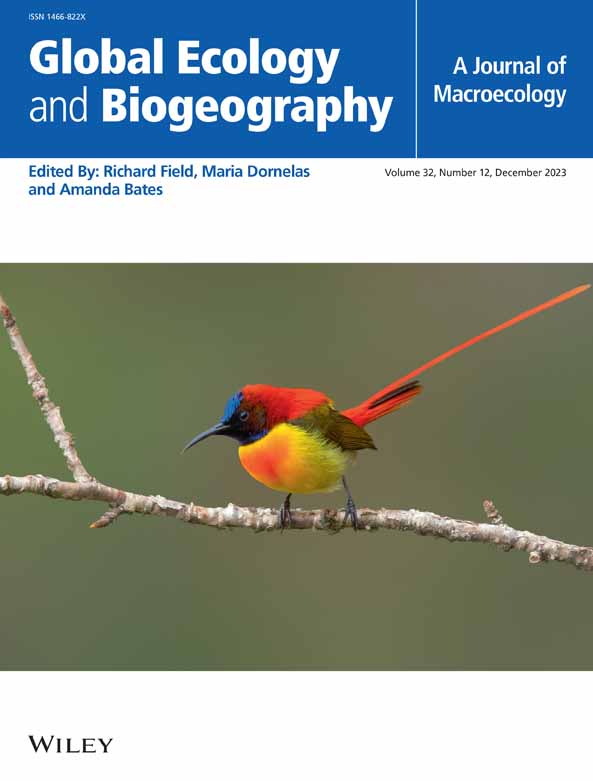AusAMF: The Database of Arbuscular Mycorrhizal Fungal Communities in Australia
Abstract
Motivation
Arbuscular mycorrhizal (AM) fungi are central to plant nutrient acquisition, soil carbon dynamics, and ecosystem resilience. Yet, their biogeography remains incompletely characterised, particularly across underrepresented regions. Australia, with its characteristic ecological conditions, continental scale, and long-standing evolutionary trajectories, has been notably undersampled. This gap hinders our ability to make comprehensive inferences about AM fungal diversity, community composition, and ecological roles at global scales. The AusAMF database was created to address this deficiency by compiling high-throughput AM fungal community data across mainland Australia and Tasmania. The initial release comprises data from 610 georeferenced sites sampled between 2011 and 2023, covering all major climate zones and accompanied by standardised soil storage, DNA extraction, and sequencing procedures. Developed through a nationally coordinated effort, AusAMF offers a rare level of methodological consistency, enabling robust spatial and temporal comparisons while minimising post-sampling technical biases. Its design as a purpose-built, extensible platform ensures continued expansion using harmonised protocols—something not achieved through compiled datasets assembled retrospectively from disparate studies. Each sample is linked to associated environmental variables, allowing users to explore ecological drivers of AM fungal distributions, assess patterns of biodiversity, and support applications spanning from fundamental ecology to conservation planning. As such, AusAMF advances both regional and global efforts to characterise the diversity and ecological significance of these foundational plant symbionts.
Main Types of Variables Contained
Georeferenced occurrence and abundance of high-throughput amplicon sequences of arbuscular mycorrhizal fungi.
Spatial Location and Grain
Australia. Decimal degrees between 0.0001 and 0.1 resolution.
Time Period and Grain
2011–2023. Month and year of sampling.
Major Taxa and Level of Measurement
Arbuscular mycorrhizal fungi identified to family, genus, and virtual taxon (VT). Geographic occurrence and amplicon sequence abundance.
Software Format
Interact with processed data via online application (https://www.ausamf.com). Dataset available as .csv files and raw sequencing data as .fastq files.


 求助内容:
求助内容: 应助结果提醒方式:
应助结果提醒方式:


